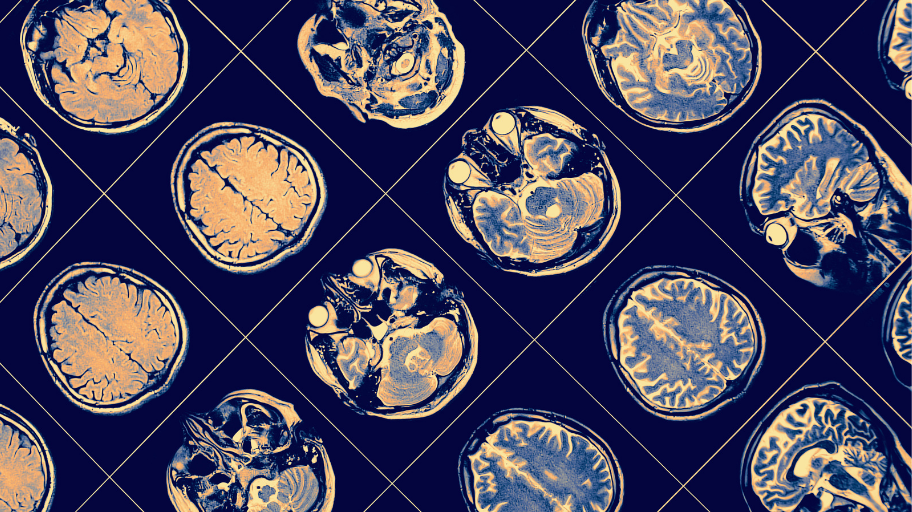Swallowing a Biologic Drug?

Over the past two decades, biological drugs — composed of proteins produced by living cells — have become some of the safest, most effective therapeutics in the pharmaceutical industry. Their safety and efficacy depend largely on the complex, three-dimensional structure of the protein product, which typically requires administration via injection.
Understanding the Wider Scope
Injectable drug delivery is cumbersome and can significantly impact a patient’s comfort and compliance with drug therapy regimens. Oral administration of biologic therapies is a major goal of pharmaceutical companies.
Why it Matters
The stomach and digestive system are designed to digest and absorb proteins and other molecules from food. Biologic proteins cannot survive the acidic pH and digestive enzymes of the gut unprotected. Biologics are also too large to be absorbed into the bloodstream.
Emerging Possibilities: Robotic Pills
Rani Therapeutics (San Jose, CA) developed a small “robotic pill” capable of traversing the intestinal tract and injecting a biological drug into the body. The device, RaniPillTM, protects the biologic from low stomach pH. The RaniPillTM device completed the Phase I clinical trial, delivering payloads with over a 90% success rate. The company expects to start Phase II trials this year.
How Do Robotic Pills Work?
The higher intestinal pH triggers the release of carbon dioxide. Carbon dioxide blows up a tiny “balloon” to drive the drug-containing needle into the intestinal wall, delivering the biologic to the bloodstream. The needle itself then dissolves, and the balloon is excreted.
Emerging Possibilities: Nanoparticles
enGene (Vancouver, Canada) is turning human mucosal cells into drug-producing factories. Phase II clinical trials are underway for a gene therapy option using the enGene Dually Derivatized Oligochitosan® (DDX) delivery technology for non-muscle invasive bladder cancer (NMIBC). The gene therapy stimulates a local immune response at the tumor site via the mucosal cells lining the bladder.
How Do Nanoparticles Work?
Tiny carbohydrate-based nanoparticles encase and deliver a gene—the instructions for a specific therapeutic protein—to mucosal cells. The carbohydrate coating protects the gene yet allows it to be absorbed into mucosal cells. The biologic protein of interest is then generated in the cells.
Cocktail Fodder
Companies are investigating the use of “permeation enhancers” that increase the size of pores in the intestine to overcome the intestinal absorption barrier of biologics.
The Essential
Clinical Development 101: General Principles sets the stage for the entire Biotech Primer clinical development series by covering the essential terms, milestones, and considerations needed to understand the clinical development process. Register now and establish a baseline understanding of clinical trials.

Biotech Primer is your go-to source for interactive training across the biotechnology, pharmaceutical, molecular diagnostics, and medical device sectors. Explore a range of in-depth biotech courses designed to deepen your understanding of key principles and applications in the field.
Learn More










